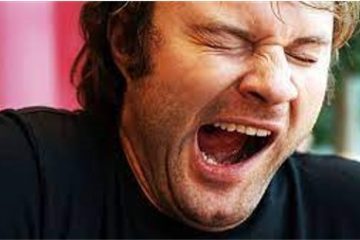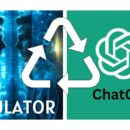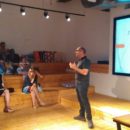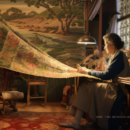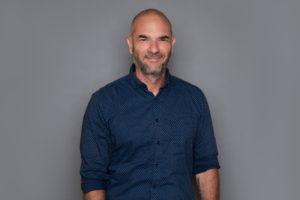
The Rise of AI Art – How Creators Can Thrive in an Age of Automation
The advent of AI image generators, poetry writers, and storytellers has struck fear into the hearts of human artists. Many worry that creative jobs could soon be replaced by artificial intelligence. However, by looking to the past, we can find a blueprint for how human creators can continue to thrive in an automated future.
Just as seamstresses may have feared sewing machines, typesetters fretted over printing presses, and calculators disrupted the careers of human computers, today’s creatives are anxious about being replaced by machines. However, history shows that new technologies reshape occupations rather than outright eliminating them. The key is for artists to focus on those creative tasks that add unique human value.
When sewing machines first arrived in factories, garment production became automated on a mass scale. Yet human seamstresses did not disappear – their role evolved. Today, seamstresses focus on custom tailoring, alterations, and high-end specialty work where handcrafted technique matters. Likewise, typesetters now channel their skills into layout, design, and typographic arts.
AI art tools can already churn out passable paintings, poems, and stories with the click of a button. As these algorithms improve, AI will become capable of satisfying much of the demand for commercial art and design work. Graphics, website assets, book covers, product illustrations, catalog photos, and other creative content needed in bulk will be produced far more efficiently by machines.
This leaves two key roles for human artists: serving niche audiences who value the human touch, and innovating on top of AI foundations. By fostering personal connections with fans, artists can cultivate small but dedicated patron bases, just as local seamstresses attract custom sewing clients. Additionally, creatives can use AI tools to enhance their own workflows, collaborating with rather than competing against the machines.
The artisans of the future will be masters of human-AI collaboration. With imagination and skill, they will build upon algorithmic outputs to imbue uniquely human style, flourish, and meaning. AI will help scale their visions, while the artists themselves supply the spark of ingenuity.
The path forward requires embracing automation as an asset rather than an adversary. As with any technological shift, adaptation and flexibility will allow human creativity to continue flourishing. By focusing on the irreplaceable qualities of human art, blending AI efficiency with artisanal craft, and forming personal creative communities, artists can retain their vital role even in an automated age. The machines may handle mass production, but human hands will still guide what moves us.


